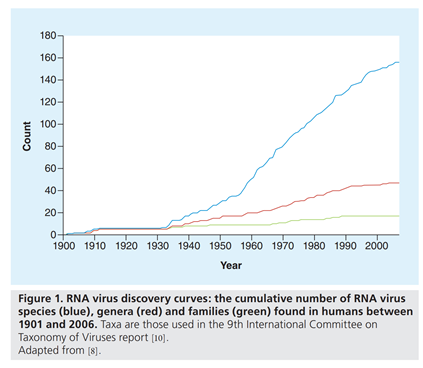
This week I wrapped up COVID-19 related policy work. Just to quickly pin it, here's a reference thread of my writing about various pandemic topics.
Epidemic forecasts are important, but often fail to translate to on-the-ground decision making. We list a handful of high-priority questions, from basic epidemiology to healthcare data science, that policymakers have been asking us to help them answer.
thelancet.com/journals/langl…
thelancet.com/journals/langl…
The wildlife trade is implicated in a tiny fraction of emerging disease outbreaks worldwide (and has no concrete link to SARS-CoV-2). Centering wildlife trade regulation as "pandemic preparedness" undermines the work of global health experts.
thelancet.com/journals/lanpl…
thelancet.com/journals/lanpl…
The PREDICT program invested $200m in cataloging viral diversity in wildlife. Those data have helped us understand where SARS-CoV-2 came from, but to make the most of them, we need a shift to open global data sharing that supports applied risk assessment.
thelancet.com/journals/lance…
thelancet.com/journals/lance…
Ecological tools that identify spurious correlations between weather and COVID-19 transmission will help policymakers act in bad faith to advance ideas like "Transmission will end in the summer" or "Africa is protected from the pandemic," costing lives.
nature.com/articles/s4155…
nature.com/articles/s4155…
COVID-19 is already crashing into climate change; from bushfires to hurricanes, natural disasters will spread emergency response thin, prevent social distancing, and expose the need for a longer-term pandemic preparedness strategy for climate adaptation.
nature.com/articles/s4155…
nature.com/articles/s4155…
And finally, the @viralemergence collaborative study on betacoronaviruses, in which we find two-thirds of horsheshoe bat reservoirs of SARS-like viruses might still not be known, and generate a list of sampling priorities for bat virology and immunology.
biorxiv.org/content/10.110…
biorxiv.org/content/10.110…
Our Washington Post piece added to this thread:
https://twitter.com/wormmaps/status/1277937560803848192
A couple new things for this thread. First, another comment on COVID SDMs, this time getting more into the weeds of how bad these models are doing, and why that's alarming:
sciencedirect.com/science/articl…
sciencedirect.com/science/articl…
Our big piece on COVID-19, seasonality, and climate: why did "experts" get it wrong about summer, or about the tropics being safe? (They didn't: people jumped in with guesswork but the wrong epidemiological knowledge.)
nature.com/articles/s4146…
nature.com/articles/s4146…
• • •
Missing some Tweet in this thread? You can try to
force a refresh



